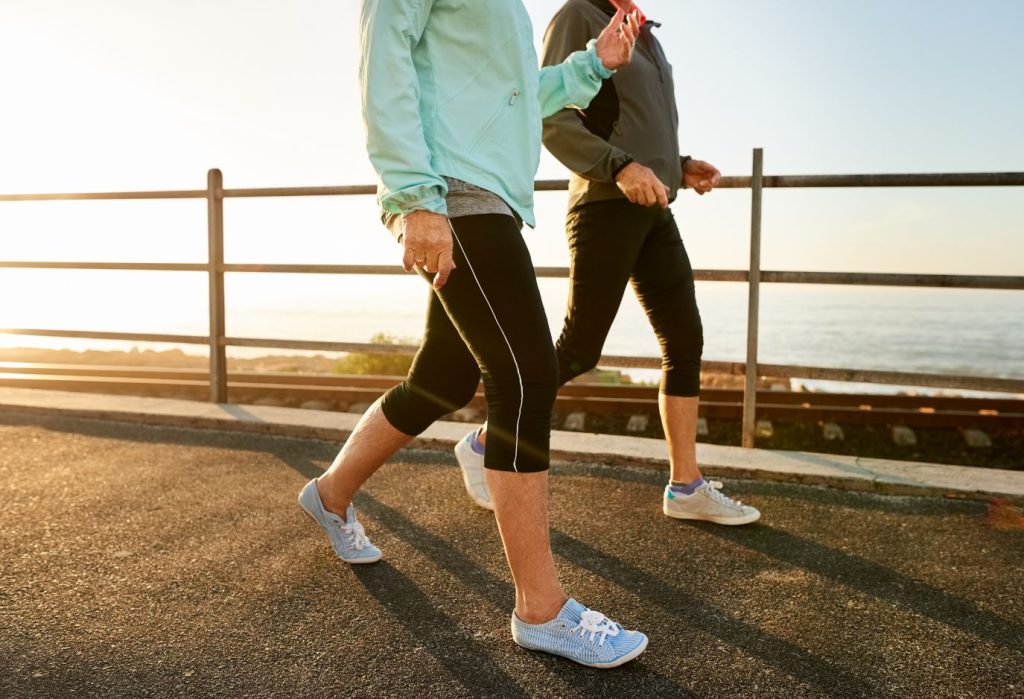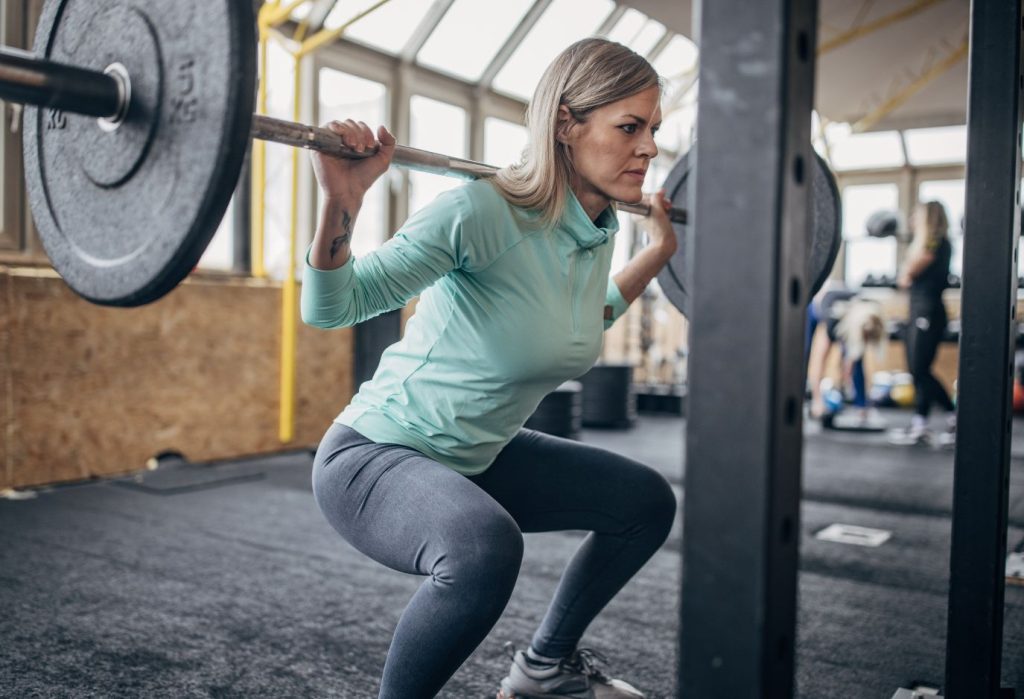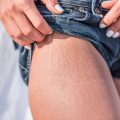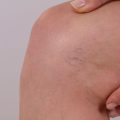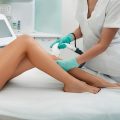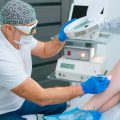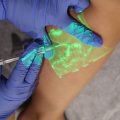Search a topic
Last updated on July 3, 2024
Exercise boosts circulation and stimulates the muscles, making it great to do after spider vein treatment. However, not all exercises are made equal. Here’s what to do and what to avoid with exercise after spider vein treatment.
Best exercise after spider vein treatment
Walking
Walking boosts circulation and stimulates the calf muscles, which are the body’s “second heart.” The calves are the pump of the lower legs, pumping blood from the feet up to the heart. You don’t really need to do 10,000 steps – at least not where your veins are concerned. But you should do at least 30 minutes of walking a day and an additional 2-3 hours of exercise like pilates or yoga per week.
Swimming
Swimming cools, boosts blood flow, applies gentle pressure, and removes the gravitational pull on the veins. The one downside is without an indoor pool, convincing yourself to get in the water during winter can be difficult.
Cycling
Pedalling is a great exercise for spider veins. It works the calf muscles, stimulates blood flow, and improves leg strength. Going on a 30-minute bike ride three to four times a week is great for boosting your circulation. But as with many other exercises, it’s best to do this in moderation. Going on long-distance rides – especially in a couple of days after treatment – can do more harm than good as it can strain the leg veins.
If you don’t have a bike, however, you can pedal in the air to work the same muscle groups. Simply lay down on your back on the floor and pedal your legs in the air. Do this for 3 sets of 15 repetitions.
Yoga
Yoga is a low-impact exercise. It can help improve muscle contractions and relieve pain and soreness in the legs.
Certain yoga poses like Downward-Facing Dog, Bridge, and Legs-Up-The-Wall improve circulation and can even reduce swelling. Yoga is also a great way to improve flexibility and strength, benefitting overall leg health.
Pilates
Pilates is also a low-impact exercise. It focuses on activating and training seldom-used muscle groups for better overall strength, balance, and coordination. Similar to yoga, pilates involves strength and flexibility exercises that tone the leg muscles and boost circulation. Try One Leg Circles, Open Leg Balance, and Side Kick Series.
Exercises to modify after spider vein treatment
Weightlifting
Lifting heavy weights can put significant strain on the legs and abdomen, making it difficult for your veins to move blood to the heart. In some cases, tiny surface veins can burst under pressure, leading to new spider vein clusters. Generally, we recommend to avoid strenuous activities like this for at least 2-5 days after treatment.
However, weightlifting is still a great way to improve muscle strength and has many benefits for back and joint health. So, don’t quit the practice altogether. Instead, once your doctor clears it, opt for:
- Lighter weights and higher rep counts
- Wearing sports compression socks to stimulate the foot and lower leg muscles
- Try a back brace to ease the strain on the abdomen
- Make sure to do a cardio warm-up and cool down to boost blood flow.
High-impact sports
While activities like running, tennis, and rugby work the calves, they can also strain the veins as your circulatory system can struggle to keep up with your muscles’ demands. Additionally, the hard impact of your foot against the ground may jolt the tiny vein valves, leading to a malfunction.
When running or playing such sports, wear compression garments on your legs. You should also swap out your shoes for a new pair after 500-800km of running (about once every 6 months to 2 years, depending on how much you do) to ensure the sole is soft enough to cushion your footfalls. You can also try running on softer surfaces like grass or track.
Exercise after spider vein treatment: the takeaway
When recovering from spider vein treatment, low-impact activities are the way to go. Walking, yoga, and swimming will boost circulation and stimulate the muscles without straining the veins. Meanwhile, weightlifting and high-impact sports should be paused for a few days and potentially modified in the future.
Book your consultation by calling us at 0483948908 or filling out the form below.

